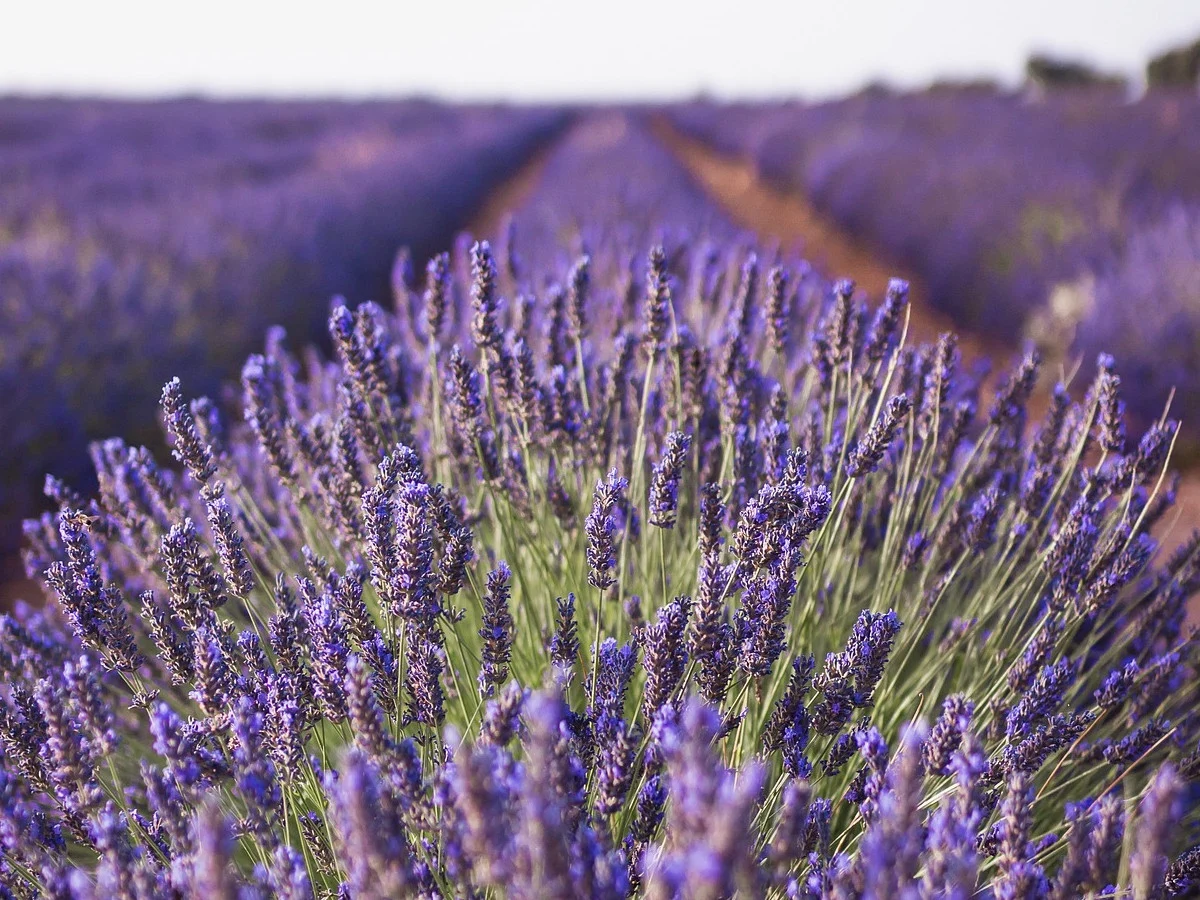There’s a lot of research happening on sodium-sulfur batteries, and we’ve shared insights about this exciting technology several times. Although their expected energy density is a bit lower than that of lithium-ion batteries, the benefits greatly outshine this small drawback.
Cost-Effectiveness
Switching from lithium and cobalt to sodium and sulfur can significantly lower battery production costs. These materials are abundant and won’t run out, even if the technology scales up massively. This is a big difference from cobalt, which is rare and will eventually deplete on our planet.
Challenges with Sulfur
Yet, the highly reactive sulfur, which is a crucial part of corrosive acids, brings its own set of challenges. Battery cells can fail after a few hundred charging cycles, or even sooner, due to short circuits.
Researchers at the Max Planck Institute of Colloids and Interfaces are currently working on this problem using a solid structure made of linalool and sulfur. In this setup, sulfur ions are kept in position while sodium ions can move through a mesh that is about 100,000 times thinner than a human hair, as stated in the research.
Performance and Sustainability
This design allows for electron exchange without changing or harming the battery’s structure. Another benefit is that linalool is a common fragrance used in cosmetics and is cultivated on a large scale, especially from lavender.
As a result, the new NaS battery is primarily constructed from cheap and easily sourced materials. Its performance is impressive too; after 1,000 charge cycles, it maintained 87% of its original capacity. It hit the 80% mark after 1,500 cycles, which typically signals the end of the battery’s useful life.
The cell voltage of about 1.0 volts and an energy density of approximately 500 watt-hours per kilogram are also noteworthy. It’s still unclear if large-scale production of this battery can be sustainable. Nonetheless, this could be a thrilling new battery tech for electric vehicle manufacturers and fans, as well as lavender growers.
Source:
Link

